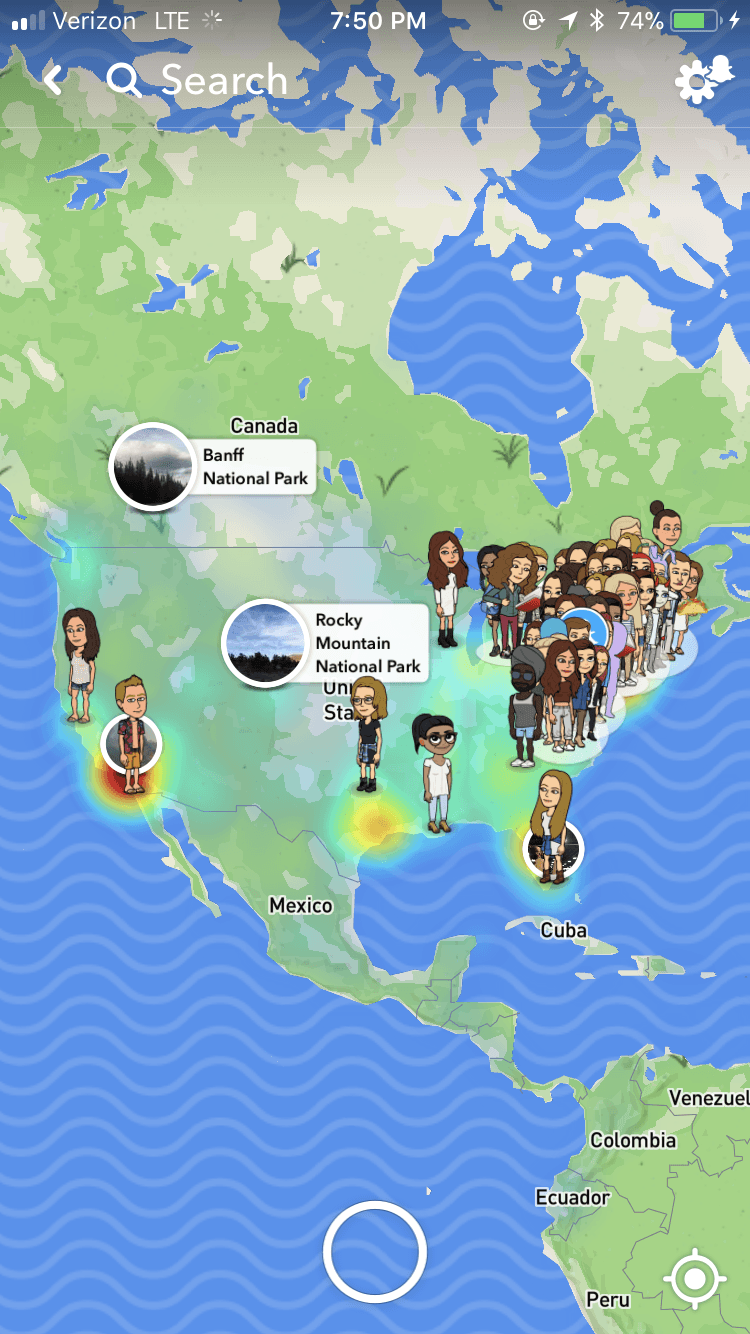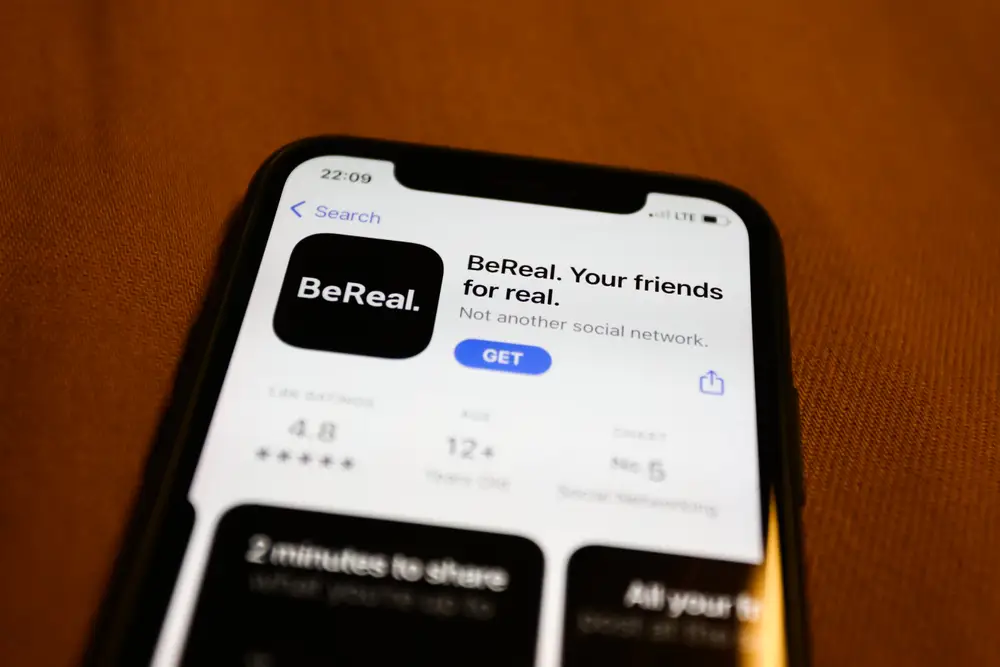SOCIAL MAP APP
Hack serendipity, and see your friends more IRL
The Birth of Snap Map
When Snapchat introduced Snap Map in 2017, it felt revolutionary. A way to see where your friends were, in real time, without the awkwardness of texting "where are you?" It was a natural extension of how Snapchat worked—quick, ephemeral, and rooted in real-life connections.
For the first time, social media wasn’t just about sharing moments but actually making them happen. Seeing a friend at a café down the street meant you could spontaneously join them. Planning a night out became easier when you knew who was already downtown. It made socializing fluid, effortless, and a little more serendipitous.
A Social Feature With a Privacy Trade-Off
Of course, sharing your location with friends 24/7 isn’t for everyone. Snap Map rolled out with features like Ghost Mode, allowing users to hide when they didn’t want to broadcast their whereabouts. But even with controls, many people hesitated.
It wasn’t just privacy concerns—it was the subtle social pressure. If your location was visible, did it mean you were expected to be available? If you saw a group of friends hanging out without you, would you feel left out? Snap Map blurred the line between staying connected and feeling watched.
How Snap Map Changed the Way We Meet Up
Despite the trade-offs, Snap Map fundamentally changed how people, especially Gen Z, connect in real life. The shift was simple but powerful: instead of coordinating plans in advance, social plans became more flexible and spontaneous.
Seeing a friend at a bar could lead to an unplanned meetup
Noticing someone in your city could spark a last-minute coffee catch-up
Groups naturally formed just by spotting who was out and nearby
This wasn’t just about convenience—it was a cultural shift. Friendships became more dynamic, shaped by the ability to see who was around at any given moment.
Why Snap Map Feels Less Relevant Today
Fast forward to today, and Snap Map isn’t the powerhouse it once was. While it still exists, engagement isn’t the same. Some of the novelty has worn off, and younger users now favor different ways of staying connected.
Location sharing fatigue has set in—people are more aware of digital privacy concerns
Apps like BeReal and Instagram Notes have shifted focus back to personal updates rather than real-time tracking
Spontaneous meetups have been replaced by group chats, DMs, and invite-based socializing
In short, the way we connect is evolving again. The next wave of location-based social apps isn’t about passive tracking but smarter, more intentional ways to meet up with the right people at the right time.
The Future of Seeing Friends in Real Life
Snap Map opened the door to a more dynamic way of making plans, but the concept still has room to evolve. People want better ways to see friends—not just where they are, but when they’re actually free to hang out. They want more control over how they share, with whom, and in what context.
The question isn’t whether real-life socializing will be powered by apps—it already is. The question is what comes next.




